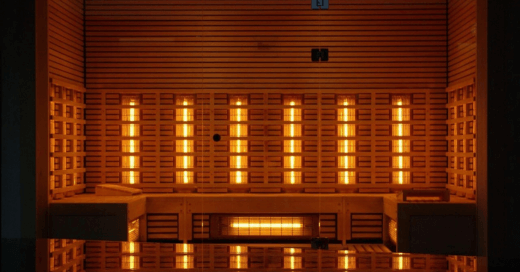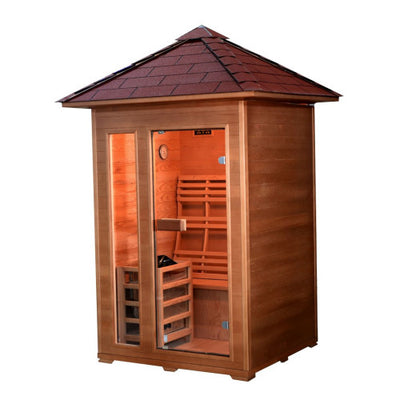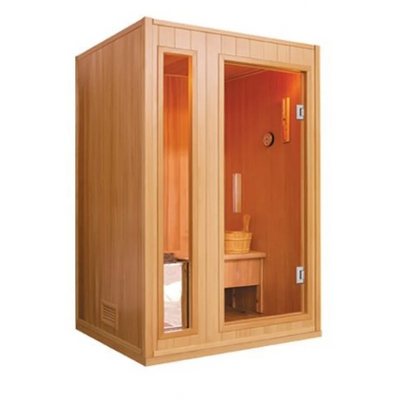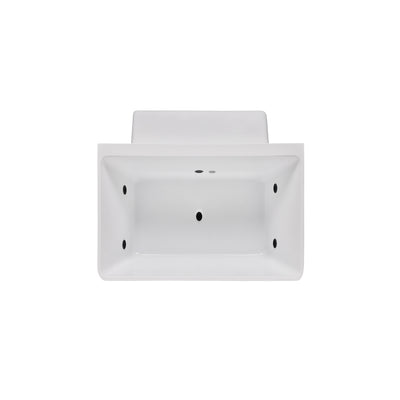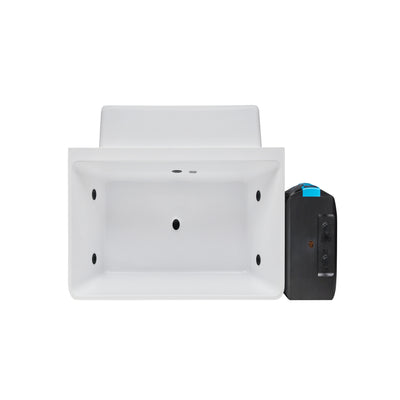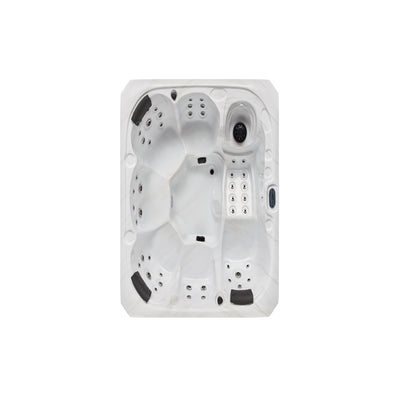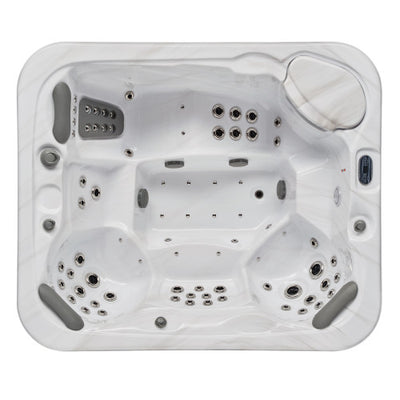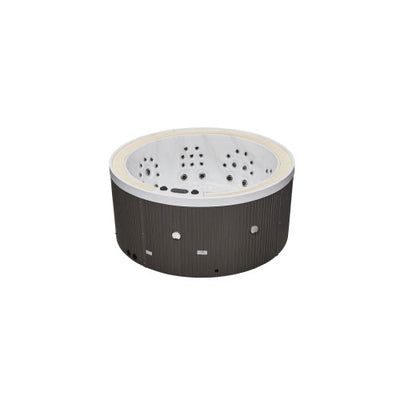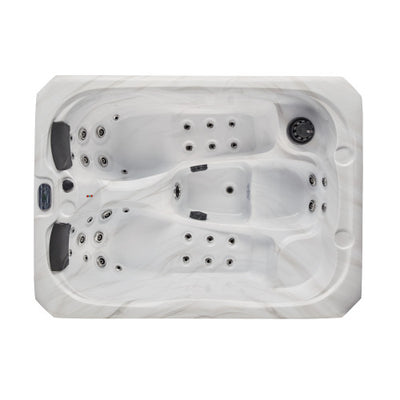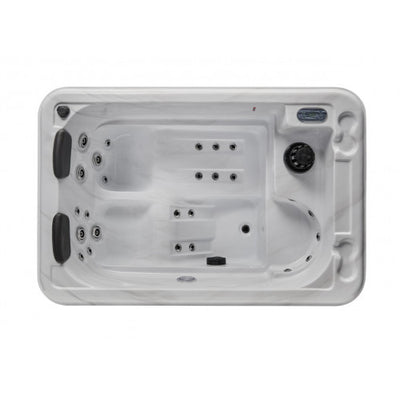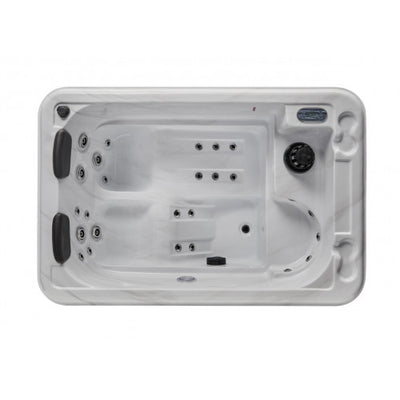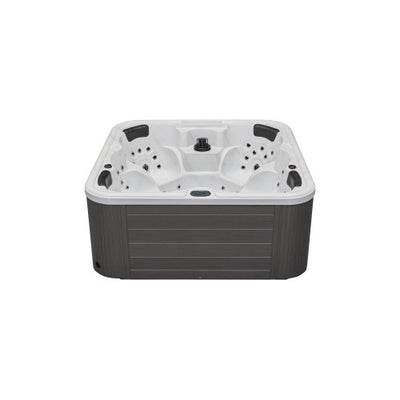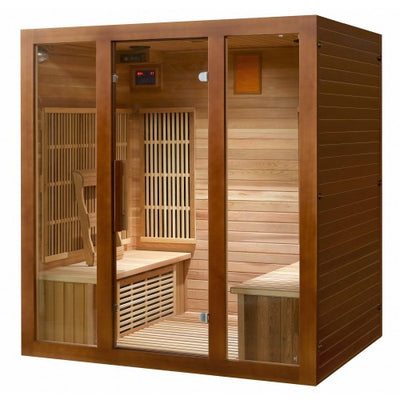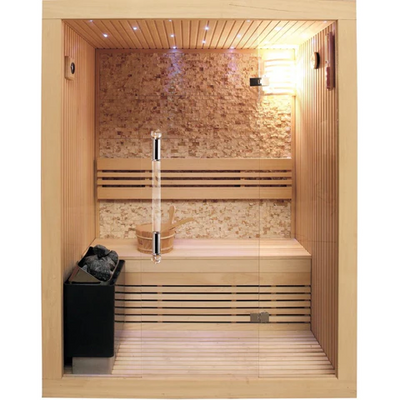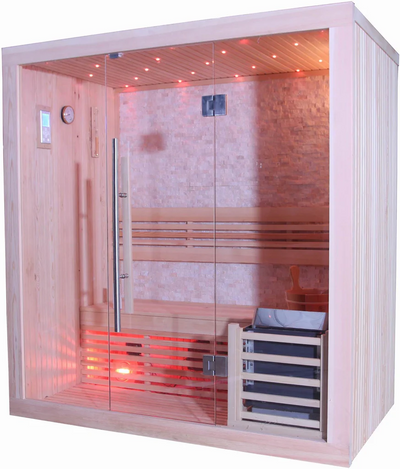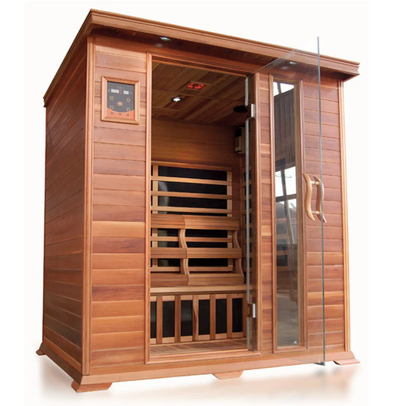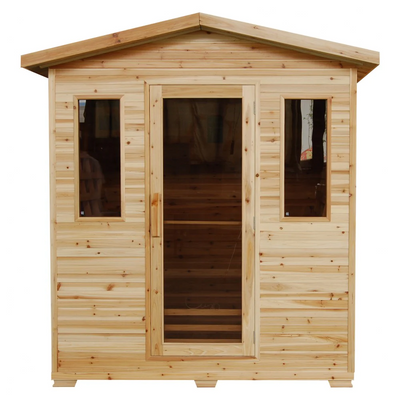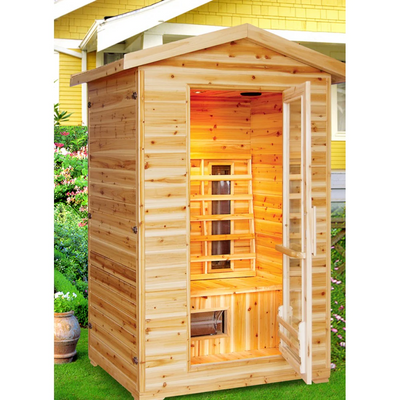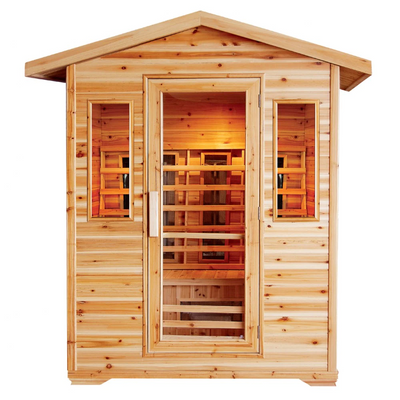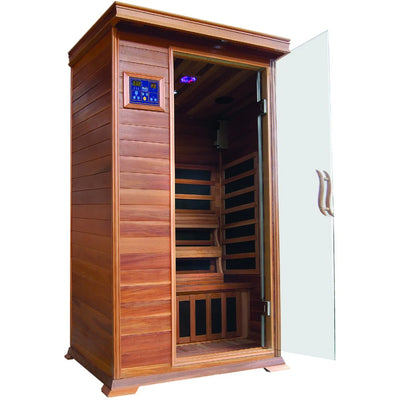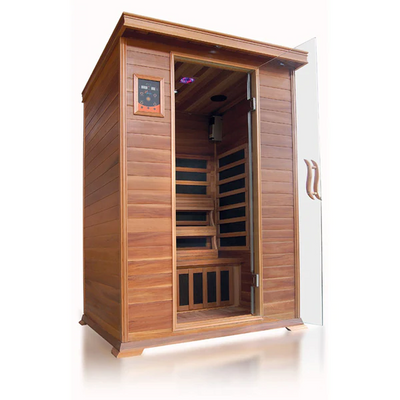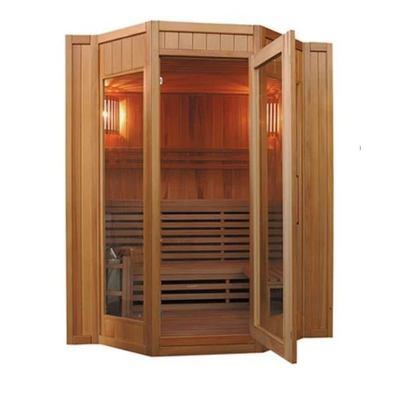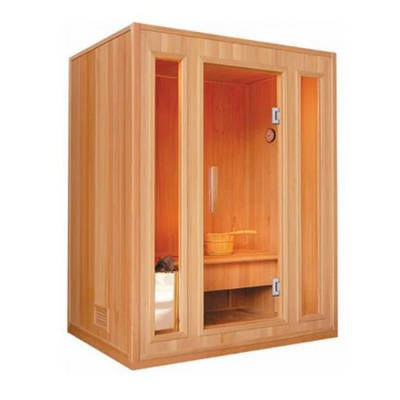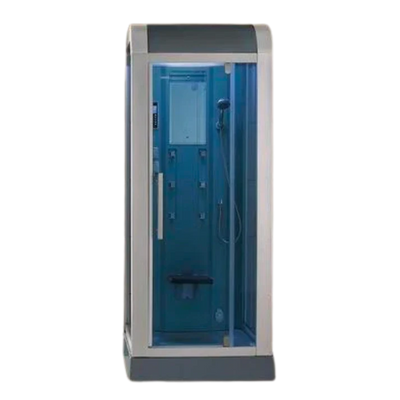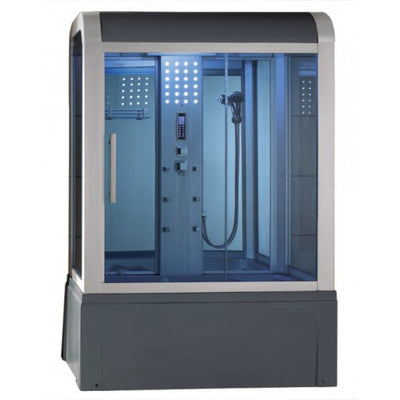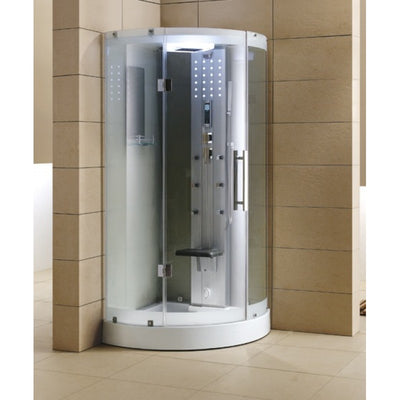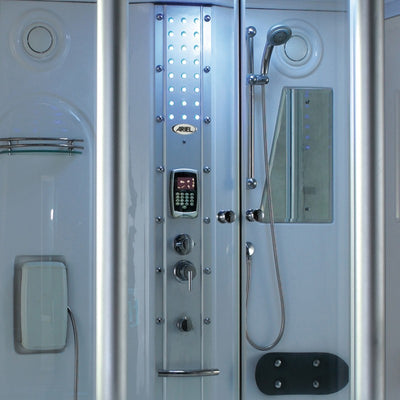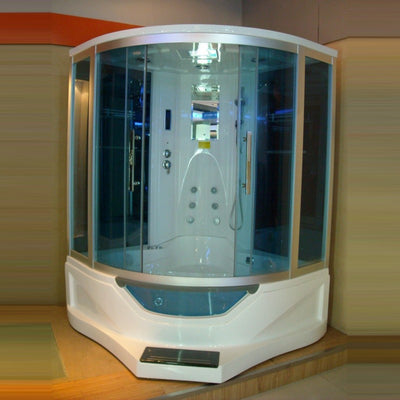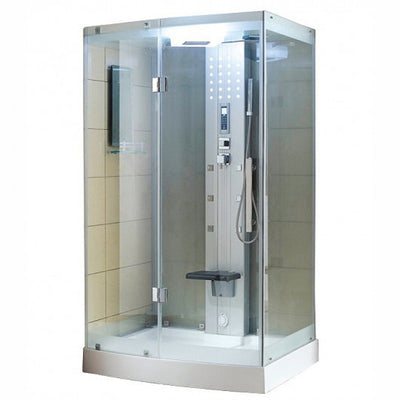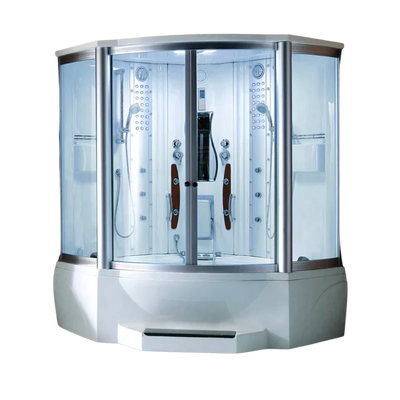Has the battle between Infrared vs Traditional Sauna got you confused too?
Offering a sanctuary of warmth and wellness, saunas have been cherished for many years.
To promote relaxation, detoxification, and overall well-being, saunas have been popularly used for centuries.
In addition to the time-tested traditional saunas, modern alternatives like infrared saunas, which use advanced light technology, have been introduced.
Both of these saunas offer their distinct benefits, but which one is superior? To decide that, you need to consider your needs and requirements along with the feasibility of the specific sauna you want to get.
In this article, we will discuss Infrared vs Traditional Sauna. You will be introduced to the key differences, benefits, and factors to consider when investing in a sauna.
What Is an Infrared Sauna?
To heat the body directly instead of just warming the surrounding air, Infrared Saunas use infrared light waves. Typically between 110°F and 140°F (43°C and 60°C), the infrared technology operates at lower temperatures. Providing targeted health benefits, the infrared light penetrates profusely into the skin at varying depths. The three types of infrared light include near, mid, and far.
- Near Infrared (NIR): The near-infrared encourages skin healing, promotes cell regeneration, and provides improved circulation of blood.
- Mid Infrared (MIR): Offering pain relief and improved recovery for muscles and joints, the mid-infrared reaches deeper tissues.
- Far Infrared (FIR): Far infrared stimulates sweating and detoxification by penetrating the deepest into the skin.
Making them accessible to a wide range of users, infrared saunas are renowned for their ability to deliver a therapeutic experience at comfortable temperatures.
What Is a Traditional Sauna?
Also known as Finnish saunas, traditional saunas are known for generating heat by warming the air with electric heaters, wood stoves, or steam generators. Ranging from 150°F to 190°F (65°C to 88°C), temperatures inside a traditional sauna induce deep sweating by creating a deep heat environment.
- Stimulating the release of endorphins and promoting proper relaxation in the body, the heat from the sauna envelops the entire body.
- Increasing the humidity for a more immersive experience, the sauna users can enjoy the option of adding steam by pouring water over heated rocks.
- The high ambient heat released from the sauna creates a profound sense of cleansing and rejuvenation.
Accommodating multiple users, traditional saunas are often larger. This makes them a popular choice for social settings and communal wellness practices.
Infrared vs Traditional Sauna: Key Benefits
Key Benefits of Infrared Saunas
Let’s look into the key benefits provided by infrared saunas.
1. Superior Detoxification
Stimulating sweating at lower temperatures, infrared saunas allow the body to release toxins such as heavy metals, pesticides, and environmental pollutants. Penetrating profusely, far-infrared wavelengths target fat cells where toxins are stored.
2. Pain Management and Recovery
Reducing inflammation and promoting further healing, infrared heat penetrates muscles and joints. The regular use of a sauna can alleviate chronic pain conditions like arthritis, fibromyalgia, and back pain. After intense workouts, athletes often use infrared saunas to speed up recovery.
3. Skin Health and Anti-Aging
Improved circulation, stimulated collagen production, and reduced fine lines are achieved through near-infrared wavelengths. Regular sessions can help promote a radiant glow and clear acne and improve skin tone.
4. Stress Reduction
Activating the parasympathetic nervous system, the gentle heat of infrared saunas calms and relaxes the body and further reduces stress. A relaxing environment can provide improved sleep quality and enhanced mental clarity.
5. Energy Efficiency
Maintaining lower operating temperatures, infrared saunas heat up quickly and consume less energy. This increases their accessibility and makes them eco-friendly and cost-effective.
Key Benefits of Traditional Sauna
In addition to the benefits of infrared saunas, let's explore the key benefits of traditional saunas.
1. Cardiovascular Health
Imitating the effects of moderate exercise, traditional saunas enhance blood circulation and elevate the heart rate. Enhancing overall cardiovascular health can reduce blood pressure over time increasing overall health.
2. Immune System Support
Activating the immune system, the profuse heat of traditional saunas can stimulate a mild fever-like state. This aids the body in fighting off infections and illnesses more effectively.
3. Mental and Physical Relaxation
Encouraging deep sweating and endorphin release, the high ambient heat in traditional saunas promotes deep relaxation. Another benefit of traditional saunas is their ritualistic nature to contribute to mental well-being.
4. Social Experience
Accommodating groups of people, traditional saunas are often larger with more space. Because of this, an opportunity for shared relaxation is created. Hence, this turns out as an ideal option for families or wellness retreats.
5. Versatility with Steam
By adding water to heated rocks, steam is generated, which enhances the overall sauna experience. The steam further provides many benefits such as improved circulation, open pores, and respiratory benefits, especially for those with sinus congestion or asthma.
Infrared vs Traditional Sauna. What is the Difference Between Them?
When talking about Infrared vs Traditional Sauna, both offer distinct benefits. Here are some of the key differences between infrared and traditional saunas.
Heating Method
Traditional saunas rely on heating the surrounding air which makes the whole environment warm, whereas infrared saunas heat the body directly by using infrared light waves.
Temperature Levels
Infrared saunas are more tolerable for people with heat-sensitivity or a certain medical condition, operating at 110°F–140°F. On the other hand, traditional saunas operate at 150°F–190°F for a more profuse heat experience.
Sweating Intensity
Infrared saunas operate at lower temperatures and further induce deep sweating. In the case of traditional saunas, the high ambient heat promotes rapid sweating. Traditional saunas provide a more intense sweating experience for their users.
Energy Consumption
As compared to traditional saunas, infrared saunas consume less electricity which makes them more energy-efficient. Traditional saunas require more energy as they operate on higher temperature levels.
Setup and Maintenance
Infrared saunas are easy to install, compact in design, and require no special plumbing or ventilation which makes them hassle-free. For ventilation and heating systems, traditional saunas may need larger and more spacious spaces. This may require additional infrastructure.
Therapeutic Focus
For specific concerns like pain relief and skin health, infrared saunas emphasize targeted healing. Whereas, for a comprehensive and full-body heat experience, traditional saunas provide an immersive experience for overall relaxation and cardiovascular benefits.
Infrared vs Traditional Sauna: Choosing the Right One for Your Needs
Wondering which one to pick between Infrared vs Traditional Sauna? Here is how you should choose the right sauna for you based on your specific needs:
Consider Infrared Saunas If:
- You are seeking pain relief, detoxification, and/or skin health.
- You are looking for a sauna that operates at lower temperatures.
- You are looking for a compact design that is energy-efficient and easy to maintain or install.
- You are looking for an option with minimal users or individual use.
Consider Traditional Saunas If:
- You want to relax and unwind through the intense heat and steam.
- You prefer the larger sauna spaces and their social aspect.
- You are looking for immune system advantages or cardiovascular health benefits.
- You want to experience the classic, authentic sauna experience.
Safety Considerations for Sauna Use
Here are some tips that will guide you through and ensure your sauna safety:
Infrared Sauna Safety
- Generally, infrared saunas are safe but in certain situations, they may pose risks for individuals with heat sensitivity, heart conditions, or chronic illnesses.
- Limit your sessions to 20-40 minutes and keep hydrating before, during, and after sauna use to avoid dehydration.
- If you are pregnant or taking medications for a certain medical condition that impairs sweating, consult a healthcare professional before sauna therapy.
Traditional Sauna Safety
- Individuals with respiratory or cardiovascular issues may find the deep heat of traditional saunas challenging.
- Avoid prolonged sessions to ensure that overheating is prevented. Make sure to hydrate properly.
- If you feel dizzy or unwell while using the sauna, then listen to your body and quit the sauna immediately to avoid any hassle.
Tips for Maximizing Your Sauna Experience
To maximize and enhance your sauna experience, follow the below-mentioned tips.
Hydrate Thoroughly
To cater to fluid loss through sweating during sauna therapy, maintain your hydration and keep drinking water before, during, and after your sauna sessions.
Start Slow
Start your sessions shorter with a duration of 10-15 minutes. As your body adapts to the heat, gradually increase the duration of the session.
Use Aromatherapy
To maximize and improve relaxation and respiratory benefits, incorporate essential oils like eucalyptus or lavender.
Practice Mindfulness
For additional mental clarity and relaxation, incorporate deep breathing, meditation, or calming music during your sauna therapy session.
Regular Maintenance
By wiping it down after each use, keep your sauna clean and hygienic. For proper care and maintenance, follow the instructions of the manufacturer.
Conclusion: Infrared vs Traditional Sauna - Which Sauna Offers Higher Benefits?
Making them valuable tools for wellness and improved health, both infrared and traditional saunas offer unique benefits. For individuals seeking targeted healing, detoxification, and a comfortable heat experience, infrared saunas are ideal.
Traditional saunas ensure an immersive experience that encourages cardiovascular health and relaxation through its high-heat environment.
When choosing a sauna, make your choice based on your specific health goals, lifestyle preferences, and the kind of experience you want to have. Both saunas can significantly enhance your well-being, whether you want to experience the modern efficiency of an infrared sauna or the classic charm of a traditional sauna.
Start your journey to superior health and relaxation today by selecting the sauna that best meets your needs. Whether Infrared or Traditional, find your ideal pick at Relax Edge.








